Established 1972 (1972) | Visitors 70,000 a year | |
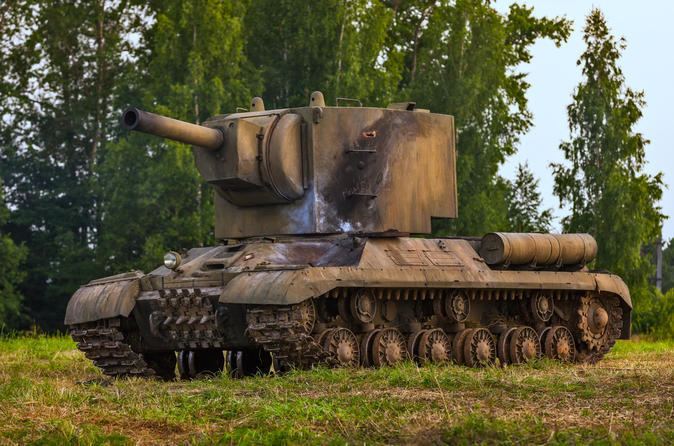 | ||
Similar | ||
Kubinka tank museum german pavilion
The Kubinka Tank Museum is a large military museum in Kubinka, Odintsovsky District, Moscow Oblast, Russia where tanks, armoured fighting vehicles (AFVs) and their relevant information are displayed and showcased. The museum consists of open-air and indoor permanent exhibitions of many famous tanks and armored vehicles from throughout the 20th and 21st centuries (between 1917 to the present day). It is also known to house and display many unique and one-of-a-kind military vehicles, such as the Nazi German Panzer VIII Maus super-heavy tank, the Troyanov heavy tank and a Karl-Gerät heavy self-propelled artillery, amongst other single or limited-production prototypes from the Soviet Union and Nazi Germany.
Contents
- Kubinka tank museum german pavilion
- Kubinka tank museum german tanks artillery apc
- About
- Admission and visitor restrictions
- Exhibits
- Access
- World War II History
- Cold War History
- References
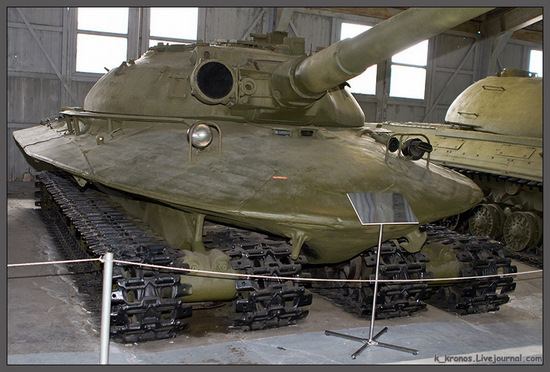
Kubinka tank museum german tanks artillery apc
About

The Kubinka Tank Museum is located on a historically "classified" Red Army armor testing facility. Most of its displays in the museum were derived from the research collection of the still-functioning Kubinka armour testing and proving ground. Most Cold War-era Western tanks (from the USA or Western Europe) were war trophies from the Middle East, Africa, Vietnam and Latin America, which were all sent to the armour testing facility at Kubinka to study and focus on any strengths and weaknesses. Due to its secretive history as well as its close relationship with the military, the museum is still staffed entirely by Russian Army personnel today.
Admission and visitor restrictions
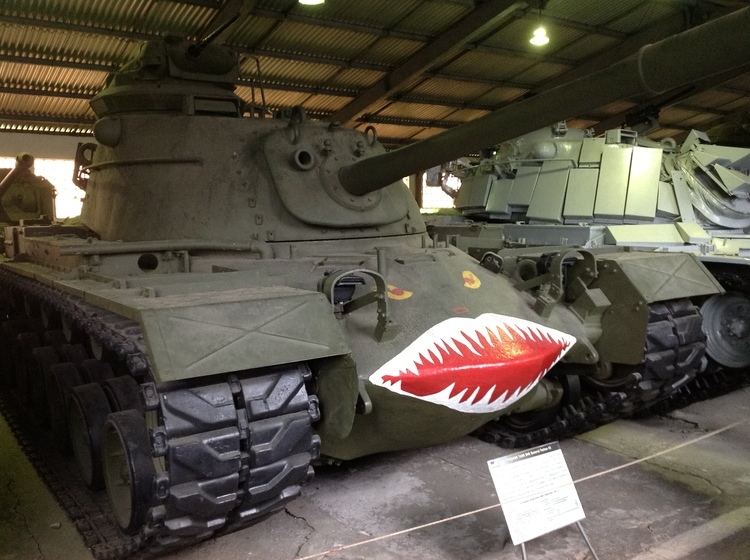
As of 2016 access into museum is available for all visitors, however foreign citizens pay 1500 rubles and 1700 rubles during weekends, while Russian citizens pay only 400 rubles and 500 rubles during weekends. Guided tours in English are more expensive, starting at 4000 rubles. Access to children under the age of 6 is free. Permission to film and record videos cost 350 rubles. Foreign citizens are highly recommended to have a copy of the passport to enter the museum as well as the original. Weapons and alcohol are prohibited, at the entrances inspections are carried out by security staff with the help of metal detectors.
Exhibits
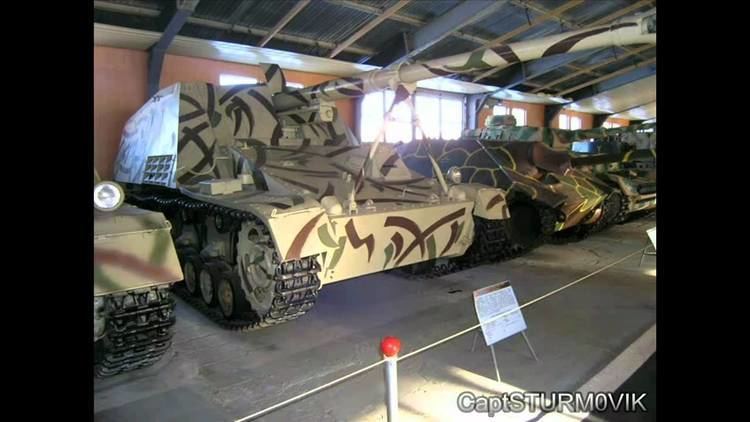
The museum hosts a wide variety of tanks and armored vehicles developed and used throughout the 20th century by the Soviets, Germans and many other nations. Around 60% of the exhibits are Soviet-era vehicles, with the most recent display being the Object 172, the prototype of the T-72 MBT. Apart from that, the only remaining Panzer VIII Maus and a captured British tank of First World War-vintage (used by the White Russian forces during the Russian Civil War) – along with several different Hungarian, Polish, Japanese, British and American vehicles – are on display as well.
Access
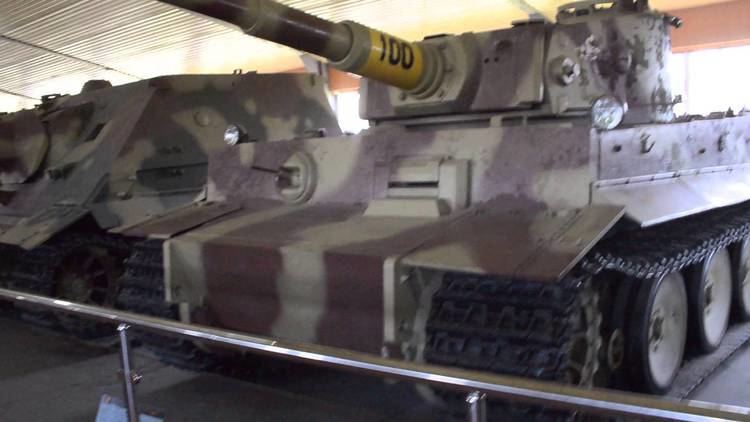
Located in the outskirt of Moscow, Kubinka is easily accessible by suburban train from Belorussky railway station, Moscow. Until the recent times, the complex network of local trains and the lack of ads in English made it difficult to take the right train without the knowledge of the Russian language. The Kubinka Tank Museum, however, is located on the other side of the M1 Belarus Highway, and connected with the Kubinka railway station by shuttle bus, however not everyday but only as a special weekend schedule. There is also marshrutka minibus № 59 connect Kubinka railway station with "Tank museum" bus stop(500 meters north from the museum).
World War II History
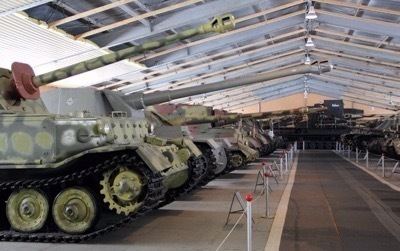
Kubinka was a top-secret armour testing range and proving ground from before World War II. All new tanks from Russian research and design bureaus and facilities and factories had to be first tested here. Also, Nazi German tanks and armoured fighting vehicles that were either captured by Soviet troops or transferred by the USA and the UK were tested in Kubinka.
Before Operation Barbarossa in June 1941, some German tanks and AFVs were sold to the Soviet Union and these were also tested at Kubinka. Some of these tanks included the Panzer I light tank, the Panzer II light tank and the Panzer III medium tank, which were all carefully studied and evaluated by the Soviet Union. After 1941, several captured tanks and AFVs of Nazi Germany (like the Panzer IV medium tank, the Jagdpanzer IV tank destroyer, the Sturmgeschütz_III and Sturmgeschütz_IV assault guns/tank destroyers and the Elefant heavy tank destroyer, amongst others), including half-tracks, were evaluated here as well.
A few captured Tiger I heavy tanks were brought to the testing and proving grounds at Kubinka in 1943 to be subjected to firing tests. From the tests, it was learnt that the most effective weapon against the tank's thick armour was the Soviet 85 mm AA-gun 52-K model 1939 anti-aircraft gun, which successfully penetrated the Tiger I's frontal armour (100 mm thick) from a range of 1000 metres. Several Tiger II heavy tanks were also captured by the Soviet Union and were brought to Kubinka for more evaluations in 1944.
In 1945 the Soviet Union also tested captured Japanese tanks that were seized after the rapid Soviet invasion of Manchuria, South Sakhalin, the Kuril Islands, northern China and northern Korea. (These include the Type 95 Ha-Go light tank, the Type 4 Ke-Nu light tank, the Type 2 Ka-Mi amphibious light tank (which has all of its pontoons and floatation devices fitted), and the Type 95 Ri-Ki crane vehicle (a combat engineering vehicle), amongst other types.)
Cold War History
Soviet tank technology was chiefly concentrated at the Kubinka Force Technology Center, which provided a series of technical evaluations and testing and relevant information to the national defense system to facilitate potential or future tank designs. Today, the Kubinka Tank Museum exhibits more than 50 tanks procured from abroad during the Cold War.
Some of these tanks are as follows:
